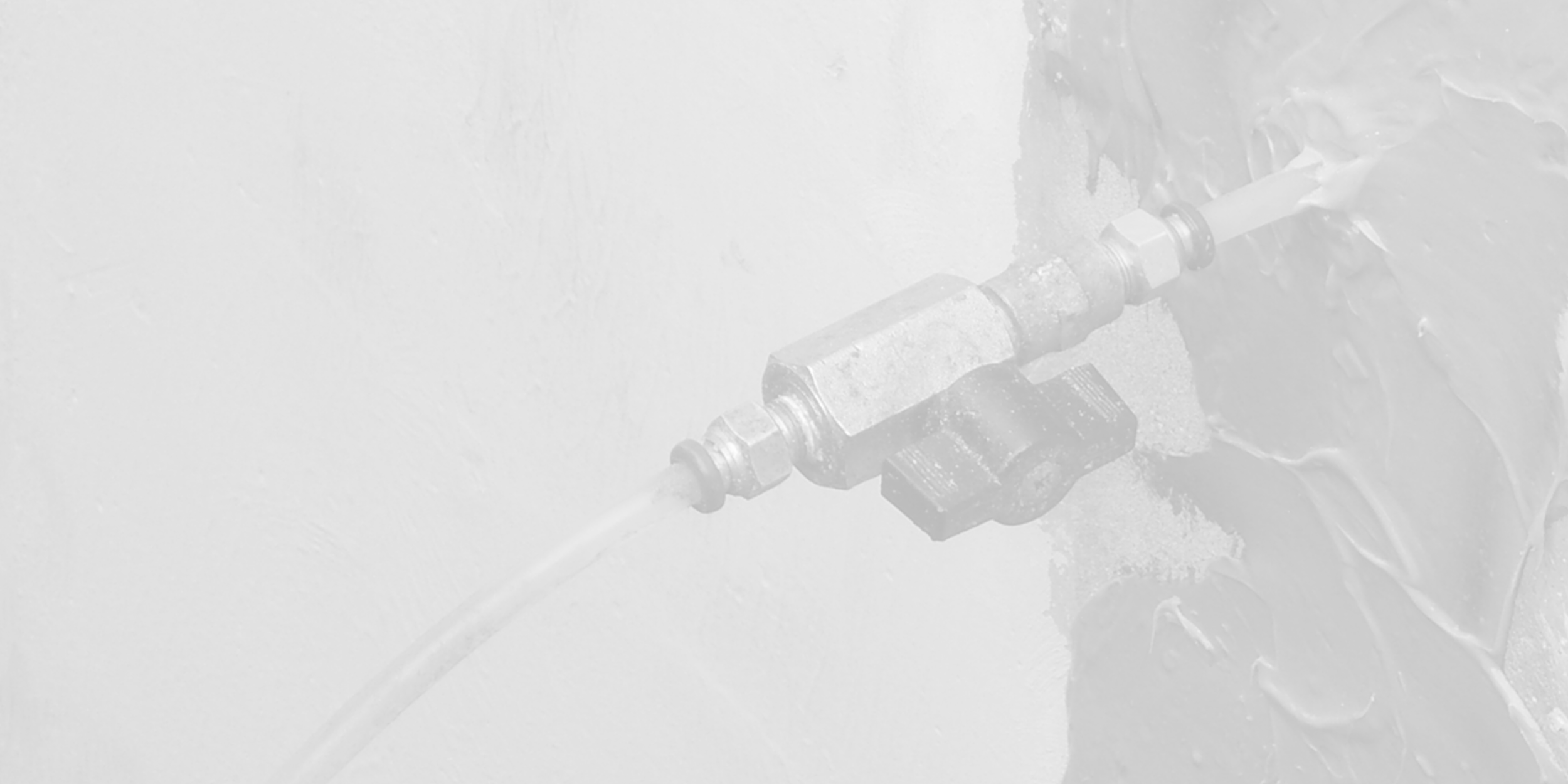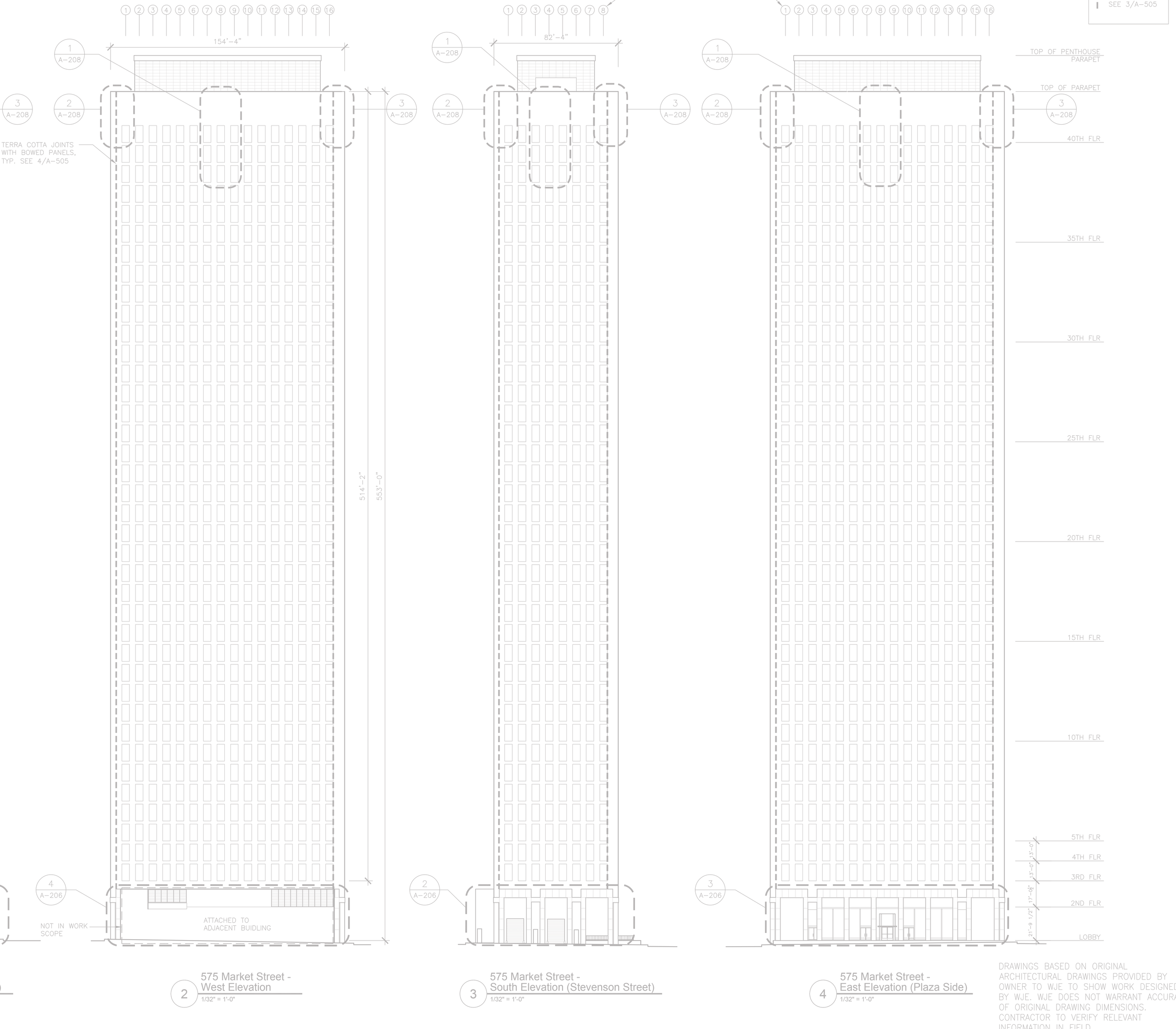
Injection
Any time water is in contact with concrete reinforcing, it can cause the rebar to rust and expand, resulting in a structural hazard for concrete structures. When these cracks occur, injection is often the only feasible way to restore waterproofing or structural integrity.
We recommend inspecting areas that have been injected yearly for regular and ongoing maintenance.
Why Invest In Injection
When cracks occur through movement or failed original waterproofing,
injection is often the only feasible way to restore the waterproofing.
Injection is the process of forcing repair material through injection ports under pressure using a pump to waterproof or repair concrete slabs. Epoxy resin is used as a structural repair to “glue” cracks back together, while chemical grout is injected through wall and floor slabs to waterproof the backside of the slab where it contacts the soil.
The injection repair materials are injected with pressure, so it’s important to consider what is on the other side of the crack and have a plan to make sure you don’t lift off any floor covering or other overburden.
Before starting your waterproofing project, it’s important to know if you will inject epoxy or urethane grout. If the crack area is wet, the epoxy will not dry or cure properly. Epoxy is typically used on ceiling slabs, columns, and partition walls not in contact with wet soil.
Urethane grout is typically used to create a membrane on the backside of a wall when conditions are wet (usually underground), and it needs water or wet conditions to activate. Understand that both forms of injection tend to leave marks on the wall, so you may want to paint or resurface the area when the project is complete.
Injection is rarely one and done. Blocking the water pressure or repairing cracks in one area can move those forces that caused the condition to simply move to another location. We recommend inspecting areas that have been injected yearly because oftentimes the injection process corrects the immediate area that was repaired but puts the stresses that caused the original crack on surrounding areas.

Types of Buildings We Work On
SUCCESS STORIES
We protect your building envelope from the elements
Services
-
This is the process of setting ports along a crack, then injecting catalyzed epoxy resin into the crack under pressure to form a structural repair that is oftentimes stronger than the concrete surrounding it.
-
Urethane grout is typically injected through a wall to contact wet soil and/or water on the other side. We use this when it is not practical to access the other side through excavation; the grout, when in contact with water, expands to form a waterproof layer.
-
Blindside curtain injection is used when there are too many cracks to inject individually. Injection ports are spaced at regular intervals to form a grid, and urethane grout is injected through the wall with the goal of forming one large, interconnected membrane on the back (negative) side of the wall.










